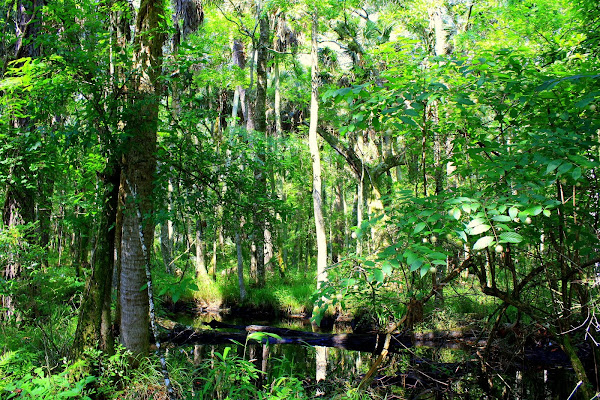August has slammed into Tallahassee with record high
temperatures guaranteed to sizzle your brain. Another way to ramp up the heat,
is with a bit of romance in your novel. Jude Deveraux is an expert at writing
steamy romances. I had the opportunity to meet her at the Romance Writers
Annual Conference in New York City this past July. Talk about hot, hot, hot!
Jude Deveraux is a multi-million dollar earning author of
romances that have many folks curling their toes. In a class I attended, Ms.
Deveraux shared tips on her writing style. I thought I’d share them with you:
Get a notebook – keep everything about your novel in the
notebook. Yes, you can do this on-line,
but do print it out and insert it in a notebook.
Start with a question or statement – I want to write about
domestic violence, PTSD. . . What if -
Make a name chart of your characters in this story. Use
different sounds and letters for the names.
If you have a well-known character in another story or series, do not
use that name or one that sounds close to it. Doing so can be confusing to your
reader.
Make an age chart – where they were born, when they were
born, any pertinent data. Figure out your character’s age during the time of
your story. Ms. Deveraux also cuts out pictures of people in magazines, or
prints the pictures from her computer who look like her characters.
Set up a day-to-day calendar of what happens, who in
involved, what they are doing. You can
do this as you write your story.
If you don’t like your character – kill them! If you’ve
gotten tired of your character, you can bet your reader has, too.
Yes, characters take over Ms. Deveraux’s novels – you have
to follow them, trust that the habits and traits you gave these characters are
working. “I feel what my characters feel. Cry when they do, laugh when they
do.”
Make floor plans of houses in your books, sometimes, you
have to plan out the street they live on, the towns they live in. Ms. Deveraux
obtains house plans from the Internet. Tips: Modern plans: www.ePlans.com. Historic American Building Plans: http://www.loc.gov/pictures/collection/hh/.
England real estate has house plans on line, including the history of these houses:
www.Savills.com.
You have to change with the times. Ms. Deveraux said that
part of her longevity is listening to other people. You have to trust people in
the business. Your agent and publisher WANT you to make money – that’s how they
make theirs.
Finally, when asked what keeps her motivated, Ms. Deveraux
said: “I just have stories in my head, I have to get them out. I take a pen and
paper with me everywhere. I’ll stop in the middle of the grocery store to jot
down something that struck a chord. I’ll pull over and make a few notes. I
don’t go anywhere without writing implements.
I hope this helps you with your writing and inspires you to
work on your novel.
Imagining the possibilities,
Peggy































